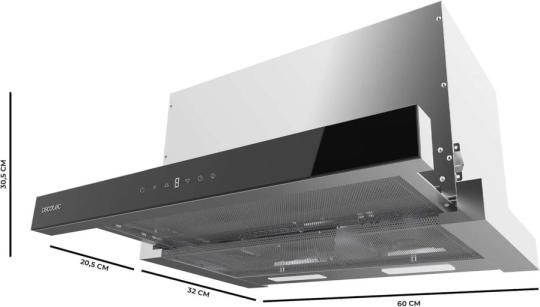Buyers Guide For 240-Volt Motion Sensor Light
Outdoor illumination is a perfect way to reduce crime, but leaving your lights on throughout the night can be a costly affair and a waste of energy. The solution? Getting motion sensor lights that turn on automatically when movement is detected – be it a random stranger lurking around into shadows or a family member coming back home after dark.
If you are considering installing outdoor motion sensor lights, then the best option for you will depend on numerous factors, including your security needs, budget, and everyday lifestyle.
In this buyer's guide, we will shine a light on all the various features you need to know before selecting a motion sensor light that best fits your needs.
What are the mechanics of a motion sensor light?
When a 240-volt motion sensor light detects any movement nearby, it automatically switches on, flooding the entire area with bright light. There are various types of technologies used to detect any motion around the house. These technologies include:
Passive infrared: PIR, a passive infrared, is a standard sensor that turns on a light bulb when it detects body heat.
Microwave: this type of sensor emits an electromagnetic pulse that reflects off moving objects in the surrounding.
Ultrasonic: this acoustic sensor works by emitting high-frequency sound waves which bounce off any nearby objects. When the waves get reflected from a moving object, the sensor registers the movement, and the lights automatically turn on. However, a downside of ultrasonic sensors is the high rate of false triggering from things as every day as blowing leaves.
Area reflective: These sensors also used infrared rays that are beamed from a light-emitting diode and then measure the reflection. Whenever there is movement, the sensor will register a change in the distance of the reflective ray and turn the light bulb on.
Dual technology: combining any two of the above sensor types can result in fewer false illuminations of your light bulb. Both sensors need to be triggered in a dual technology light bulb before the bulb can turn on.
Note: manufacturers are not required to showcase the type of technology used in their motion sensor light bulb on the product's package or in its description. You may not know what technology you are purchasing unless you decide to contact the company on your own and request the information.
What are the key considerations when choosing the perfect motion sensor light?
When searching for a motion detector light, you need to consider factors based on your individual needs, such as how far away you want your bulb to detect movement, how bright you wish your light needs to be, and the energy source you will be using.
Range of detection
The total distance a motion sensor can accurately pick up movement is known as its range of detection, which is typically listed on the description or packaging of the product.
Most motion-sensing lights can't detect motion from up to 100 feet away. In addition to the total distance, you should also note your light's detection angle, which is measured in degrees, that lets you know the entire span of the detection field.
Type of light
Most outdoor 240 Volt motion detector lights listed on our website use LED light bulbs since they produce bright, clear illumination, use less energy than regular bulbs, and remain cool to touch even after extended usage.
However, a few companies use incandescent, halogen, or fluorescent bulbs, so you need to check the product's package or description to figure out which bulb they use.
Illumination period
This refers to how long your bulbs will remain illuminated before it automatically shuts off. Most lights come with a pre-set period, such as 15 seconds, while other bulbs give you the flexibility to adjust the stay on time for longer or even shorter lengths of time.
Power option
The brightest outdoor lamps need to be directly wired into your home's electrical system from where they can get a constant electricity supply.
Still, battery or solar-powered motion sensor lights do not require anything of such sort and are simple to install.
Lumens
Lumens are used to measure light intensity, and for comparison, a 60-Watt light bulb produces almost 800 lumens, and a 100-Watt bulb gives you 1600 lumens. Most, but not all, motion-detecting bulbs will list the total number of lumens on their packaging or in the product description.
Will you get mounting and design options?
When it comes to thinking practically about installing an outdoor security light for your home, you probably already have a place in mind where you need to put it.
Directly wired motion sensor lights are ideally mounted at or above your door height on the exterior wall of your house.
They may come with one or several adjustable spotlights that can be adjusted depending on where you want your light to illuminate. These types of bulbs ideally have a great range of directions and can be set to illuminate large spaces like a yard or even your driveway.
You can also find a few decorative wall-mounted motion-sensing lights that are built to look like a standard porch light and, when triggered, can illuminate approximately the same area as a regular porch light. These decorative motion-detecting bulbs often start at closer proximity than their spotlight-type cousins.
Overhanging mounting options provide you with a more subtle and discreet look that will not distract you from the rest of your property's decorative elements.
You can even find battery-powered motion-sensing lights that can be virtually mounted anywhere but should never be placed so far out of reach that it becomes a task to change the batteries.
These light bulbs are best suited for storage sheds and other outbuildings that often do not have proper electrical wiring. They also come in various decorative and spotlight styles, giving you the ability to select whatever fits your needs the best.
You can also find solar-powered motion-sensing lights that can be placed in diverse locations. Still, it would be best if you kept in mind that their photocell charging panels receive the required sunlight during the day to store enough energy to work throughout the night efficiently or whenever needed.
Good to have (but not a deal-breaker) features
Auto-reset functionality
Since these bulbs interrupt the flow of electricity, power surges can affect directly wired motion-sensing lights, which can cause the lights to come on and stay on or remain off.
With an automatic reset feature, your bulb will reset itself automatically after a power surge. The alternative behind doing this is to manually shut it off for half a minute, then turn it back on.
Adjustable sensitivity
If you wish to minimize nuisance triggering from your 240 Volt motion sensor light, such as the light turning on when branches move, some models allow you to adjust the sensitivity, so only solid and strong motion turns on the light.
Adjustable illumination coverage
You can find multiple spotlight-type motion-sensing lights that allow you to adjust them to illuminate more than a single area. Some lights come with an adjustable head, allowing you to change the direction of light into a narrow beam or a broad illuminated pattern.
Adjustable light duration
This feature allows you to adjust the total length of time your light remains on. This option can be found more often on directly wired lights since once the light goes on, it can quickly start to drain a battery or a solar cell if it remains active for longer than 30 seconds.
Now that you know all the key features of a 240 Volt motion sensor light, it is time for you to visit our website and look at all the various motion-sensing lights that we have to offer. Use this guide to note all the essential features you wish to have and make an informed decision.
Top Categories
- 220 volts Phones & Fax Machines
- 220 Volts Irons/ Steam Press
- 220 volts Power tools
- 220 Volts Angle Grinders
- 220 Volts Drills / Drivers
- 220 Volts Paper Shredders
- 220 Volts Garbage Disposals
- 220 Volts Washers
- 220 Volts vacuums
- 220 Volts Blenders
- 220 Volt Region Free Player at SamStores
- 220 Volts Pressure cooker
New PRODUCTS
 Quick View
Quick View
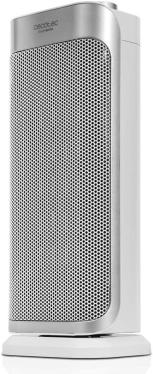 Quick View
Quick View
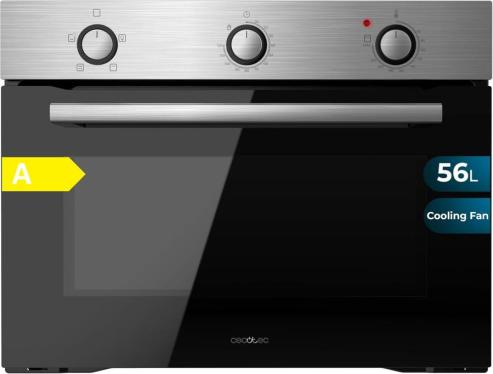 Quick View
Quick View
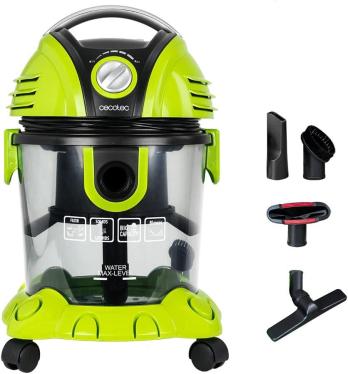 Quick View
Quick View
 Quick View
Quick View
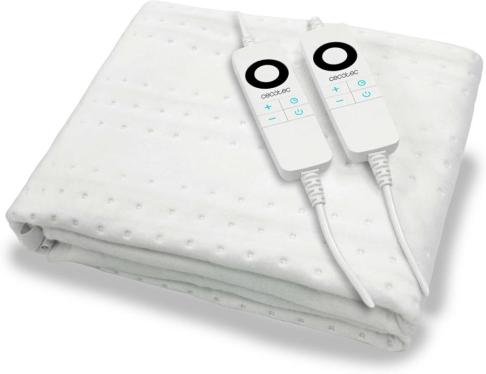 Quick View
Quick View
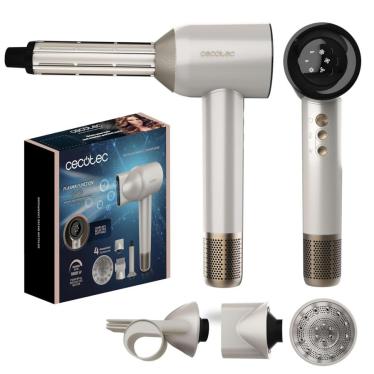 Quick View
Quick View
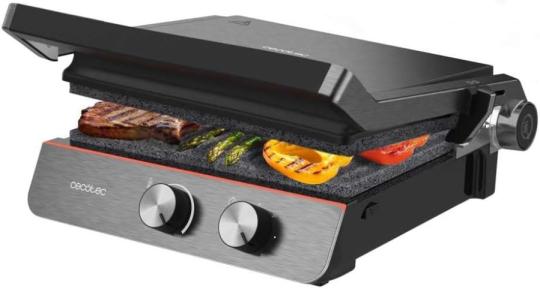 Quick View
Quick View
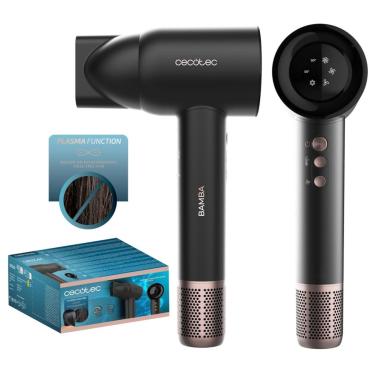 Quick View
Quick View




